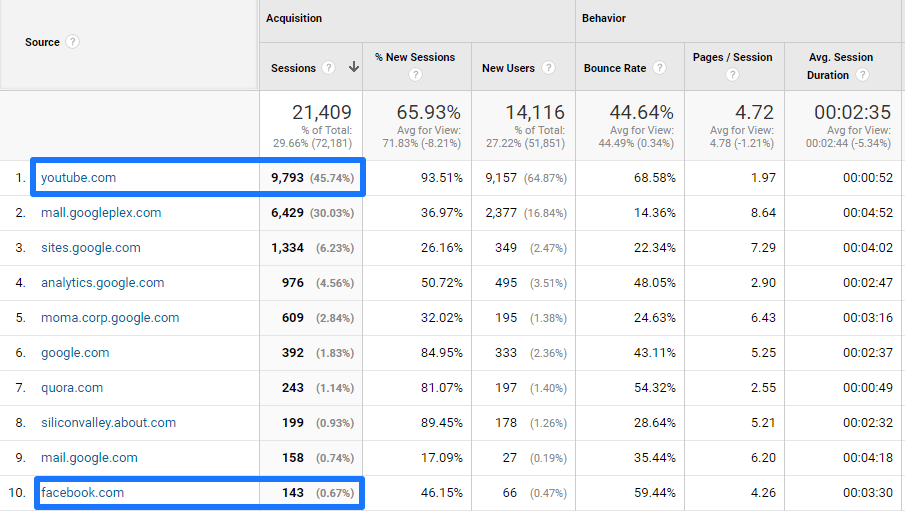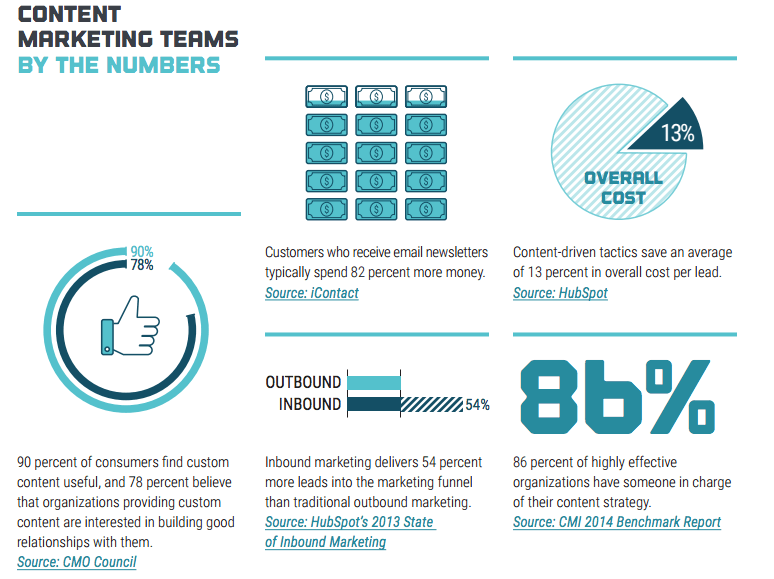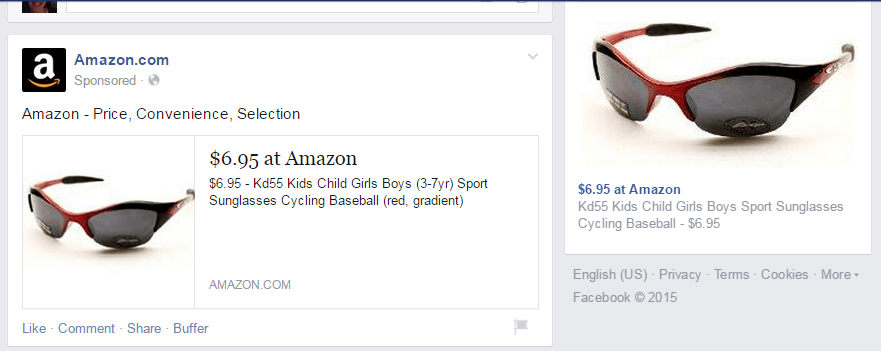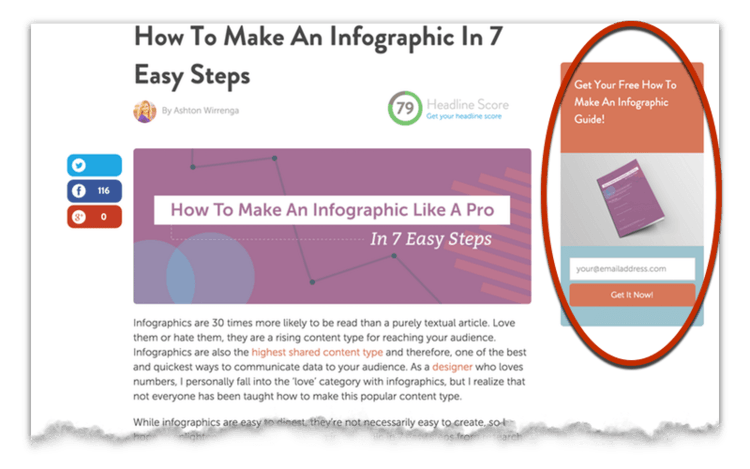How to Create a Customer Acquisition Strategy for Less

Considering the fact the customers are essential for you and your company to make money, having a good customer acquisition strategy will either make or break you.
With industries being as crowded as they are, you will need to set yourself apart and really connect with your customers on a different level. In order to do that, we think it is important for you to know the ins and outs of customer acquisition.
In this article, we’re going to go over some tips to create a killer customer acquisition strategy without breaking the bank. But, first….
What is Customer Acquisition?
Just as it sounds, customer acquisition is simply the process of gaining new customers. Your goal is to have a positive ROI, where the cost of acquiring a new customer is less than what they are spending on your goods or service. Average customer acquisition costs differ by industry.
Why a Customer Acquisition Strategy is Important
There are traditionally two reasons why a customer acquisition strategy is important: to make money and prove your ROI. A good customer acquisition strategy will help you make more money by attracting new customers. Without a good strategy, you will not be able to calculate the cost to acquire a new customer and will be asking for more budget without any proof that your efforts are working.
Average Customer Acquisition Cost by Industry
It’s important to know what your industry customer acquisition cost is on average because it gives you a baseline. If you don’t have your industry average, then how will you know if your margins are better than the competition? Thankfully, we have some data.
According to Entrepreneur, here are some industry standards for the cost of acquiring a single new customer:

As you can see, the average customer acquisition cost will range. Not only will it range from industry to industry, it will range from company to company within the same industry. In some industries, the more money you throw at customer acquisition, the more return you get. Others are more complicated.
How to Develop a Customer Acquisition Strategy (Step by Step):
1. Identify Your Audience
The very first step to building a customer base through your customer acquisition strategy is finding where your audience hangs out. Most likely, they are online, but where online? Do they spend most of their time on Google, Facebook, Instagram, YouTube, Linkedin, Twitter, or message boards? This is important because you’ll want to allocate your resources accordingly.
You may think that a specific platform works best for acquiring customers, but when you look at the data it’s a different story. One way to find out where your customers are coming from is to look at your referral links on Google analytics.

For example, if you are the owner of this website and you’re pouring all your marketing dollars into Facebook ads, but YouTube is giving you the most traffic organically, you may need to refocus on how you’re allocating that budget and consider creating a YouTube ad.
If you haven’t already installed Google Analytics to your website, now is the time. Having this data readily available will help you will give you better insight about your audience.
2. Develop a Content Marketing Strategy
Having a content marketing strategy is one of the best investments that business owners can make when it comes to their customer acquisition efforts. The reason is simple: you own the content. Instead of throwing marketing dollars to a third party website such as Facebook and Google, you are creating assets for your business. Think of each article and video that you publish as an asset that will pay dividends for years to come.
Research Keywords
When starting your content marketing strategy, you’ll want to research keywords that are of interest to your audience. Find out what they are searching for online by visiting forums such as Quora and Reddit. What questions are they asking? What words are they using?
From there, you’ll want to go to Google’s Keyword Planner and start typing some of these words. When starting out, you’ll want to aim for low competition, high traffic words that pertain to your industry. Put yourself in your customers’ shoes and brainstorm different topics that are of interest to them.
Hire Freelancers
Don’t be afraid to delegate and hire freelancers – even when starting out. You don’t have time to do everything and you need to spend time where it makes the most sense. For example, it’s better to spend more time researching keywords and giving freelancers an outline than it is spending time writing all the content yourself. You can use sites like Upwork to help you find qualified freelancers willing to write articles within your budget – no matter how small it is. Of course, as with everything, you get what you pay for, but if you’re willing to do a little editing, you can purchase articles for a lower price.
SEO best practices
One of the best tools to use to optimize your content is Yoast SEO. If you are using WordPress, you can simply install the plugin and it will help you optimize for search. This is extremely helpful when it comes to driving more visitors to your site.
3. Facebook and Google Retargeting Ads
Have you ever visited a site, left the site, only to have ads from that website follow you around the web? Those are retargeting ads.
For example, Amazon uses Facebook retargeting ads to target customers that have added an item to their cart and left without checking out. They will even show the exact item that’s waiting for them in their cart.
Both Facebook and Google have pixels that you can create and implement on your site. Once you add these pixels to your site, you can create ads that target visitors that have already visited your site.
You see, most customers don’t purchase from you the first time they visit your site. It takes numerous visits for you to gain their trust. So, by using retargeting ads, you’re staying fresh on their mind and increasing the likelihood of a purchase on the next visit.
4. Email Marketing Strategy
No customer acquisition strategy is complete without an email marketing plan. As you write content for your target market, look for opportunities to add email lead capture forms. You’ll also want to add slide-in popups and content upgrades to get the most email subscribers.
Drip campaigns
Drip campaigns provide subscribers with highly targeted emails throughout the entire customer journey. In order to have a successful drip campaign, you’ll need to segment your email lists. For example, every customer can receive a welcome email, but from there the next email is based on an action. If they bought your product they go on one list vs. if they visited your site without buying anything. Drip campaigns can be time-consuming if done manually, so you’ll want to set yourself up for success with an email marketing software, such as Drip, that’s intuitive and easy to use.
5. Implement a Referral Program
Referrals are some of the most powerful marketing tools when it comes to a customer acquisition strategy. This is because they have extremely high conversion rates and are generally inexpensive to generate.
DropBox is a great example of creating a referral program without breaking the bank. While most referral programs offer free money in exchange for the new customer, DropBox had to think scrappy. Instead of offering free money, they offered more free storage space.

A common misconception with word-of-mouth is that it is purely organic and cannot be influenced. Although part of this is true, word-of-mouth can be encouraged by brands. You can gain word-of-mouth referrals just by having a really good product/service or by providing amazing customer support. Along with that, you can encourage referrals through different referral reward programs.
Build Your Customer Base
In the end, everything comes down to the way you treat your customers. If you are hungry for money, customers will see right through you. On the other hand, if you are aiming to solve a problem or address an issue in your customers lives, customers will love you. This is where you build brand advocates and spread your brand organically and effectively.
A strategic brand will out-perform a brand that seeks to sell to everyone any day. If your strategy does not incorporate building meaningful relationships with your customers, customers will leave for your competition.
So, build your strategy. Build authentic relationships with your customers. Build a strong customer base.








